It is getting more difficult for companies to attract users’ attention on social media on a daily basis. Consequently, it is getting harder to communicate the key values of a product.
It can happen if a social media account is run purely for the numbers to please the management, but not for the users. If a company creates the content that people need, it will stimulate word-of-mouth publicity, people will share it, and as a result, brand loyalty will grow.
When it comes to improving the brand image, social networking services are far more efficient than most marketing tools. Plain advertising that enumerates product characteristics is a thing of the past and it doesn’t sell anymore.
The distance between users and companies is shrinking, and social media facilitate this trend: to illustrate, you can tag a brand on social platforms and quickly solve an issue.
What influence does a brand image have on Instagram and other social media?
First and foremost - sales.
A personal care shop by Humankind upon subscribing, you get the products in a package for the first time, while your next orders come without one.
By doing so, the company reduces the use of plastic. The company promotes the same message on social media.
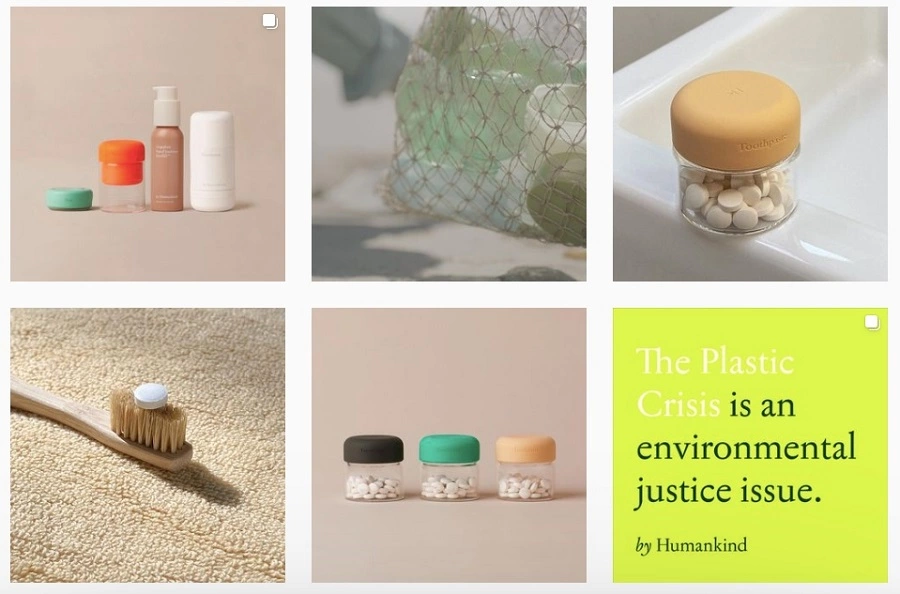
Prose, a beauty brand, offers an individual approach when choosing personal care products. First, you get online consultation on the website, then the products are sent to you. On social media, the company experts explain what measures can be taken to solve different dermatological problems.

A well-thought brand image builds rapport with the help of useful information. Dianna Cohen, the founder of Crown Affair, started her business by creating a ‘Hair Bible’, a Google document detailing her hair care routine. Great reviews inspired her to build a company.
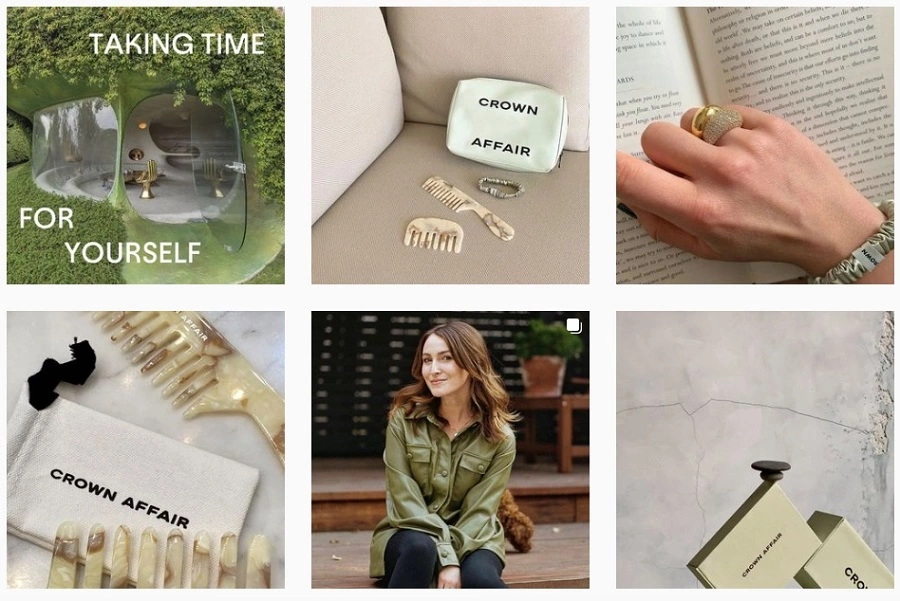
It helps to promote products that are difficult to sell. For example, eco-vodka by Air Company. The production process is as follows: by taking carbon from the environment, the company purifies the air. This eco-friendly concept is revealed in the company’s brand identity.

It breaks stereotypes. Let’s face it, people often complain about a limited choice of photos on stock photo websites. The website run by Shutterstock proves that it can be different.

What should I talk with my audience about?
A tone of voice (a tone used when communicating) helps to speak the same language as your audience. Thanks to the right tone of voice, it is easier for brands to communicate with their potential audiences. Your tone of voice should be based on the company’s values, and not on the marketer’s dreams about an ideal customer.
It is important to remember that there is no unified tone of voice for everyone. As you know, we highlight different aspects when we tell the same story to our parents, friends, or colleagues.
When deciding on the tone of voice, it is important to consider the age of your audience, the lifestyle, and the speech patterns of its members. Imagine that your brand is a character. Who is it? Try to visualize the character with the help of associations: ‘amusing’, ‘funny’, ‘the best friend’, or with the help of a famous character of the modern culture. It can be Homer Simpson or John Snow.
When you have a well-rounded personalized image corresponding to your brand values and something your target audience can relate to, you can decide on the tone of voice based on your USP.
Compare the following two descriptions about perfume companies:
Number 1:
“We use individual recipes for our perfumes. In our account you will find advice on how to find a perfect fragrance. We are going to recommend you what to give to your friend, man or boss as a present”.
Number 2:
“Dive for a second into your most pleasurable memory. Slowly breath in. Open to all your senses. What can you smell? Is it a waft of apple and vanilla coming from the kitchen? Or is it a smell of a new book when you turn over its pages? We will help you find a perfume that brings back memories.”
In the first case, almost every brand falls under the description: simply replace the word ‘a perfume’ with ‘a bouquet’, and the result will be the same. The second description brings out emotions and makes you want to buy this perfume.
Depending on the preferred tone of voice, the media strategy, visual narrative, and communication style are defined. It determines, for example, how to answer the comments and what pictures to post in the account - neutral or bright informal ones.
The tone of voice can be expressed not only and not as much in texts but the overall visual concept. CDLP, a men’s underwear brand, illustrates a great visual identity.
We would say that the target audience of the brand is represented by young men over 30 and their partners who appreciate aesthetic details.

Among the main values of a beauty brand Thenue_co lies eco-friendliness. It is clearly seen in their posts and visual identity.
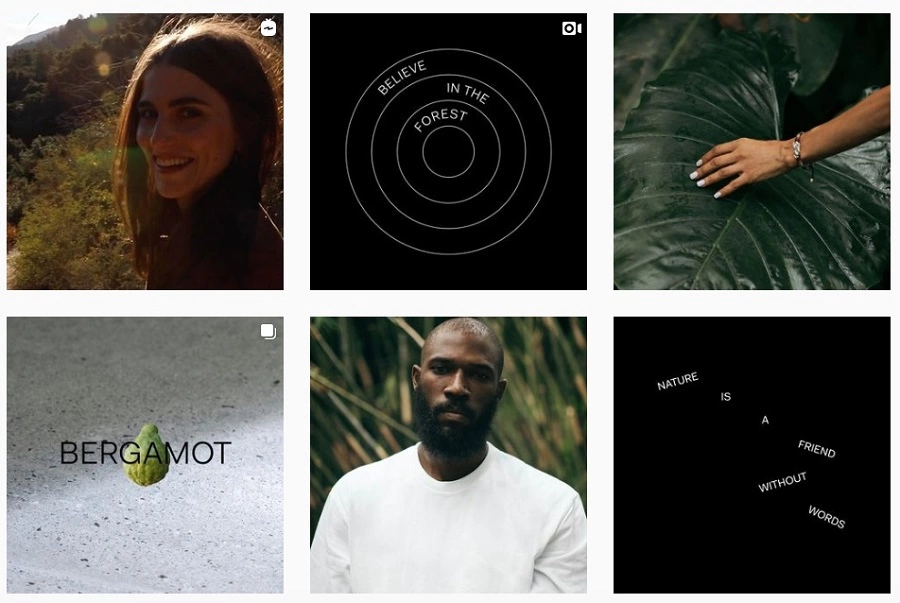
An online shop Goodhood adheres to the slogan: ‘It’s a Lifestyle, Baby!’. It is a relaxed lifestyle reminding of visiting some friends. The whole atmosphere says that people are happy to see you and are ready to give advice.

The package of Recess gas water became a character itself: a tin can shows off in front of the mirror, drives around, and meets friends. A user immediately has positive associations with the brand: freedom, fun, and cheerful mood.
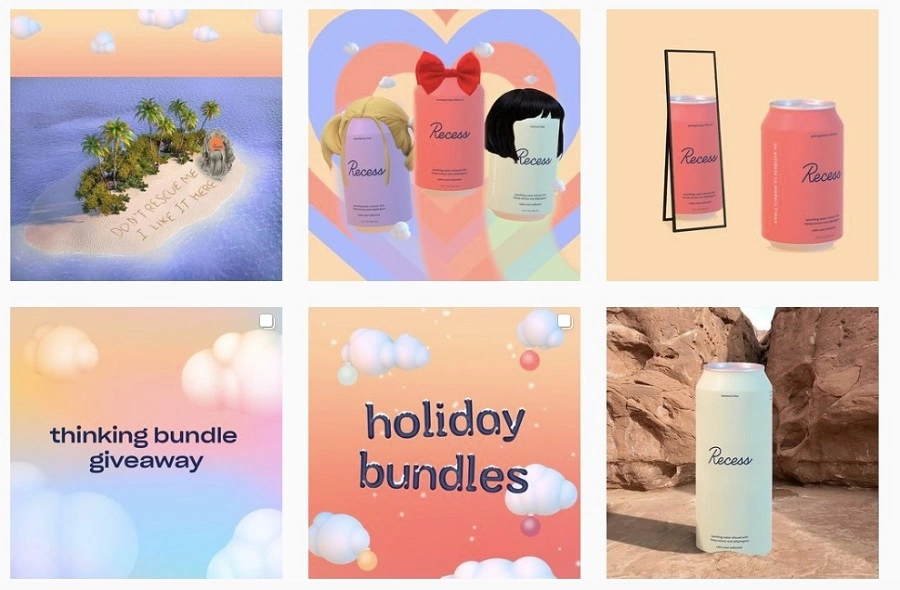
A common mistake is to make a tone of voice up. Instead, you should get inspired by the current market trends, your target audience, and their needs.
Regularly evaluate the efficiency of content marketing, make forecasts, and run feasibility tests of your new ideas.
How to develop your brand
Entertain
It is not always necessary to write expert content. Sometimes you just need to entertain and build an emotional rapport: the users visit your page not because they want to read expert advice or download a guide, but because they simply want to smile.
Almost 100 thousand followers of iosonopipo, a tights manufacturer, prove our statement. In their account, we see funny pictures that allow the right effect: the brand is seen as original and creative.

Look for experts to exchange audiences
COPIC a marker manufacturer, involves artists in the content making process: for example, they offer to become their ambassadors or share their work experience in an interview.
Another collaboration opportunity is to post artists’ works and tag them. Collaborations help to expand the audience.

Use mass media to promote your expert image
The founders of Studiomcgee, a design studio, run a show on Netflix. They implement any design ideas of real families and consider their wishes when building their dream house.

Run special projects
Special projects significantly contribute to a positive brand image. A Korean beauty brand Huxley introduced a special care product line for flight attendants of Korean airlines.
As the air onboard is very dry, flight attendants’ skin and hair require special attention. Everyday care products may fail to protect their skin and hair. With the help of this special project, the brand challenges other manufacturers and sends a message “We can tackle any problem”.
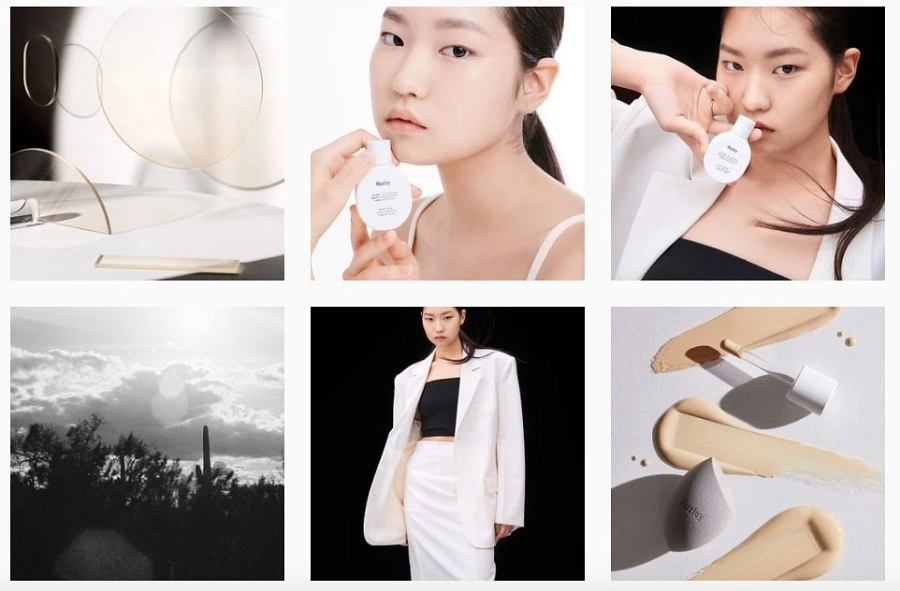
Use mail-out
That is what a brand by Sophia Amoruso #girlboss does: they promote an idea of a closed community that you can join only if you subscribe. The community is an environment where the users interact with each other and share expertise, giving the brand very strong support.
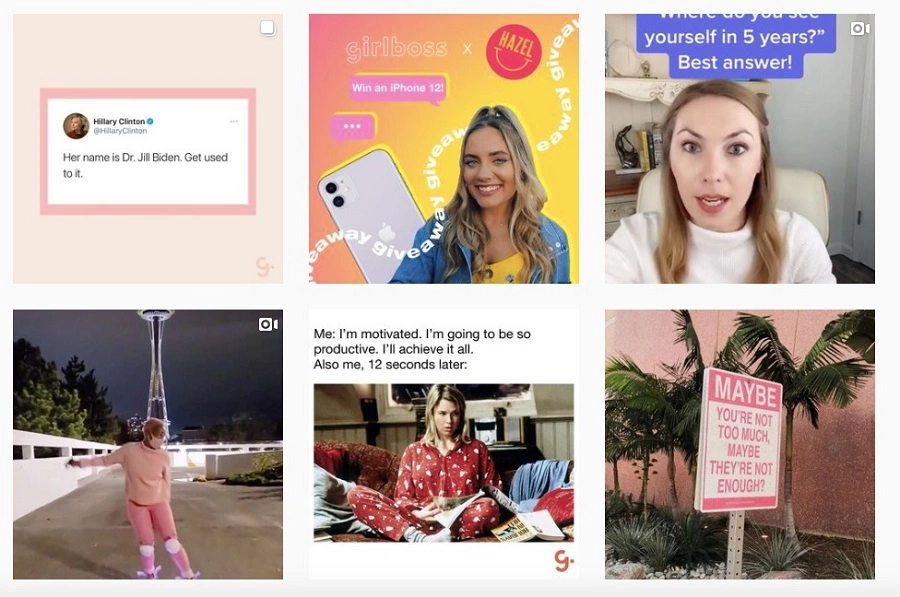
Think out of the box and keep your objectives in mind to build a positive brand image on social media. Don’t copy your competitors: the company values are a cornerstone of a successful brand image.
Don’t use popular tools for the sake of it. Try different options, analyze the results, and focus on the things that work best for your particular brand.
What is important when you build a brand image on social networks
1. Understand who you address and what for
Create the content that people need. Such posts will be saved and reposted. It’s not always about giving advice; useful doesn’t always mean knowledgeable: sometimes a funny meme can improve your reputation way better than a clever long-read.
2. Share values
There should be a bigger picture behind your brand. It can be a ‘green’ focus, a wish to change the industry, or a smaller mission. Maybe you want to support people and say: ‘It wasn’t the best year, but you can make it’.
3. Develop your brand
Try to keep the emotional bond. Run special projects, including ones that matter to the society, and cooperate with other companies. Promote your expert image using mass media.
4. Give up on the tools that don’t work
Your brand strategy on social media shouldn’t always remain the same. You can and you should modify it, but mindfully, taking into consideration the performance targets. It is especially important if you are going to scale your business or enter new markets.
5. Respect your audience
Avoid patronizing. Don’t be condescending when communicating on social media and treat people with respect. Respond to any negative comments from the following position: ‘We will help you to solve this issue’.







